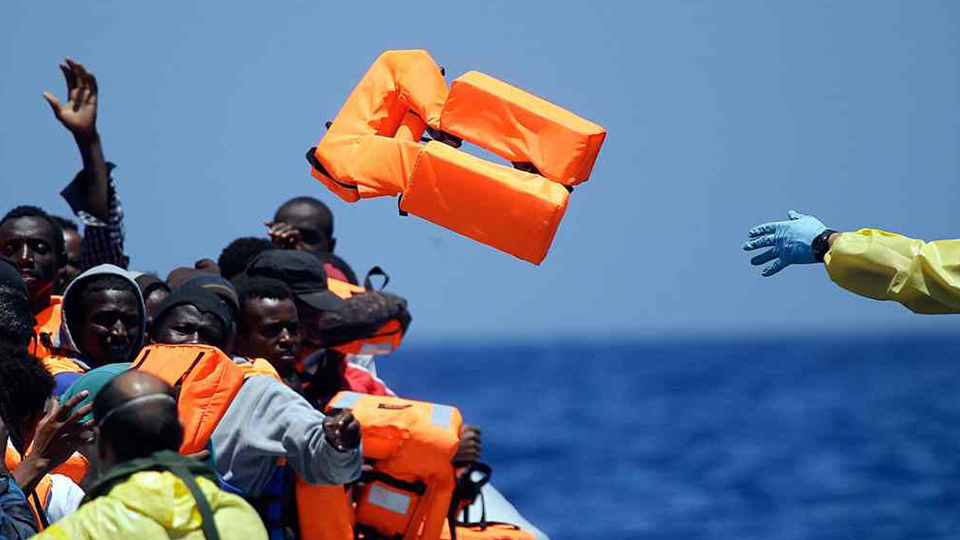Scientific research definitively denies the legend
“Our analysis suggests that non-governmental SAR operations do not correlate with the number of migrants leaving Libya by sea. Rather than being influenced by the pull effect of NGOs’ SAR operations, our analysis suggests that departures from Libya have mainly been shaped by weather conditions and Minniti’s policies of ‘onshore containment’, which played a key role in bringing down irregular arrivals since July 2017.”
These are the conclusions of a study – Sea Rescue NGOs: a Pull Factor of Irregular Migration? – by the researchers Eugenio Cusumano, Jean Monnet Fellow, Migration Policy Centre, and Matteo Villa, Research Fellow, Istituto per gli Studi di Politica Internazionale – ISPI.
A statement that, although without any legal or scientific basis, had spread in the mainstream information, even though it had already been denied first by Frontex and then by the Italian prosecutors who had started investigations around this assertion never been successful.
In these five years, humanitarian ships have helped 115,000 migrants out of 650,000, with an average of 18 percent, most of them in 2016 and 2017 after the end of Operation Mare Nostrum. Then the code of conduct wanted by Marco Minniti in the summer of 2017 and the safety decree of Matteo Salvini have heavily influenced the activities of NGOs.
The work of the two Italian researchers dismantles the assumption that the higher the number of people saved, the higher the number of those leaving.
Cusumano and Villa reverse the approach and show that the number of rescued depends on the number of those who leave. And to support the analysis they bring two data: in 2015, the year in which the NGOs deploy their entire fleet at sea increasing their relief from 0.8 to 13 percent, the total number of departures is down compared to the previous year. And again, in the second half of 2017, despite the many humanitarian ships present, the number of landings collapses.
The agreements between Italy and Libya have had a strong impact on departures, and have led to a reduction in the number of boats put into the sea.
In 2019, because the Italian or European military ships disappeared, the weight of the relief remained only on the Libyan Coast Guard or on humanitarian ships. So we were able to analyze the period day by day. Between 1 January and 27 October of this year, the NGOs operated at sea only for 85 days (never more than two at a time), while for the other 225 days the rescues were carried out only by units of the so-called “Coast Guard” Libyan. Well, in the 85 days in which the NGOs were present in the Sar area, there were NO more departures than in the 225 days in which there were only the Libyan patrol boats. And clearly the days with the most departures were those of good weather or in April coinciding with the attacks of General Haftar.
After the denials of the facts and the judicial inquiries, the scientific denial also arrives. Common sense was enough, but it was not so, allowing obvious fake news to circulate and take root while wasting time on the only possible way: a human and legal management of flows.
Link: REPORT
by Christian Elia

